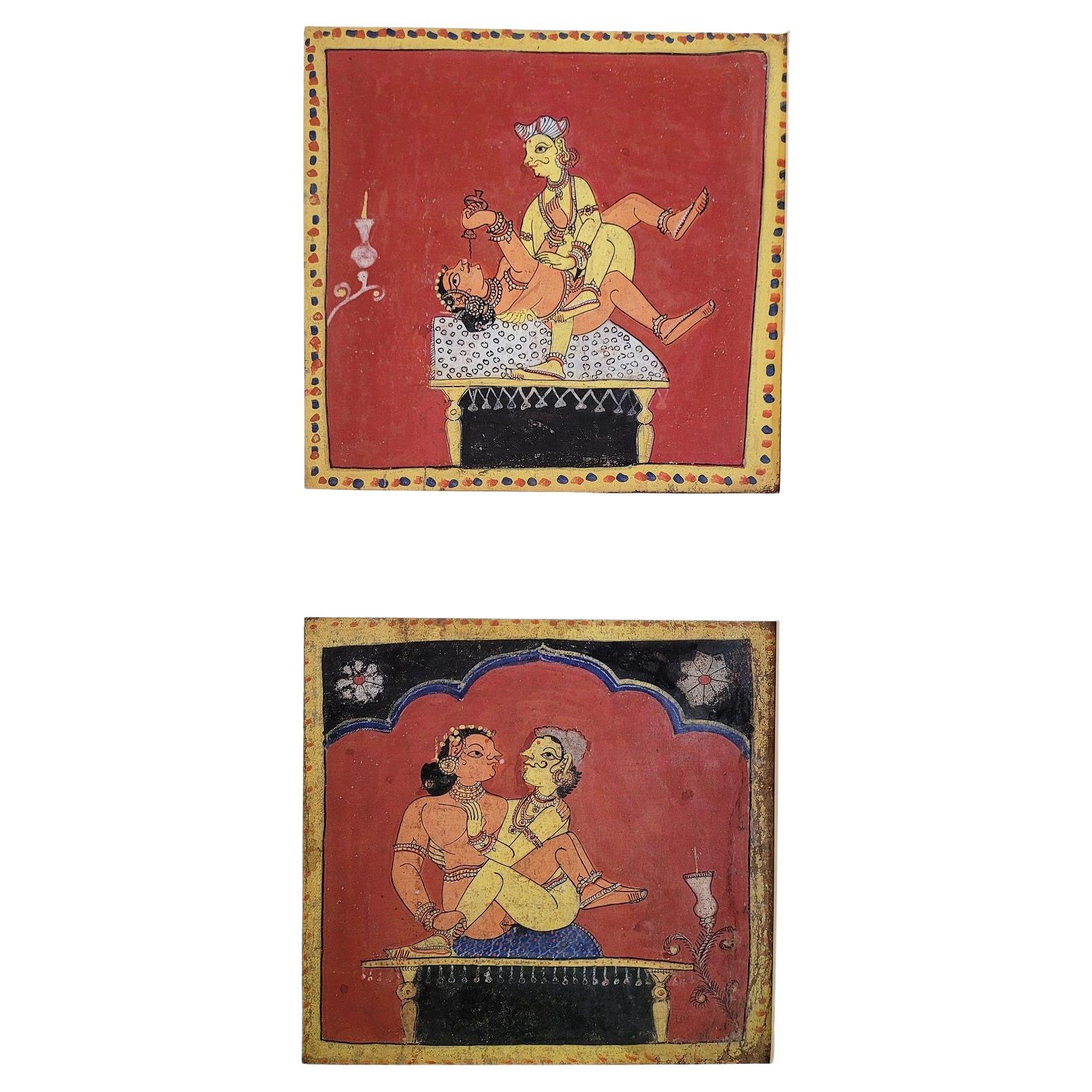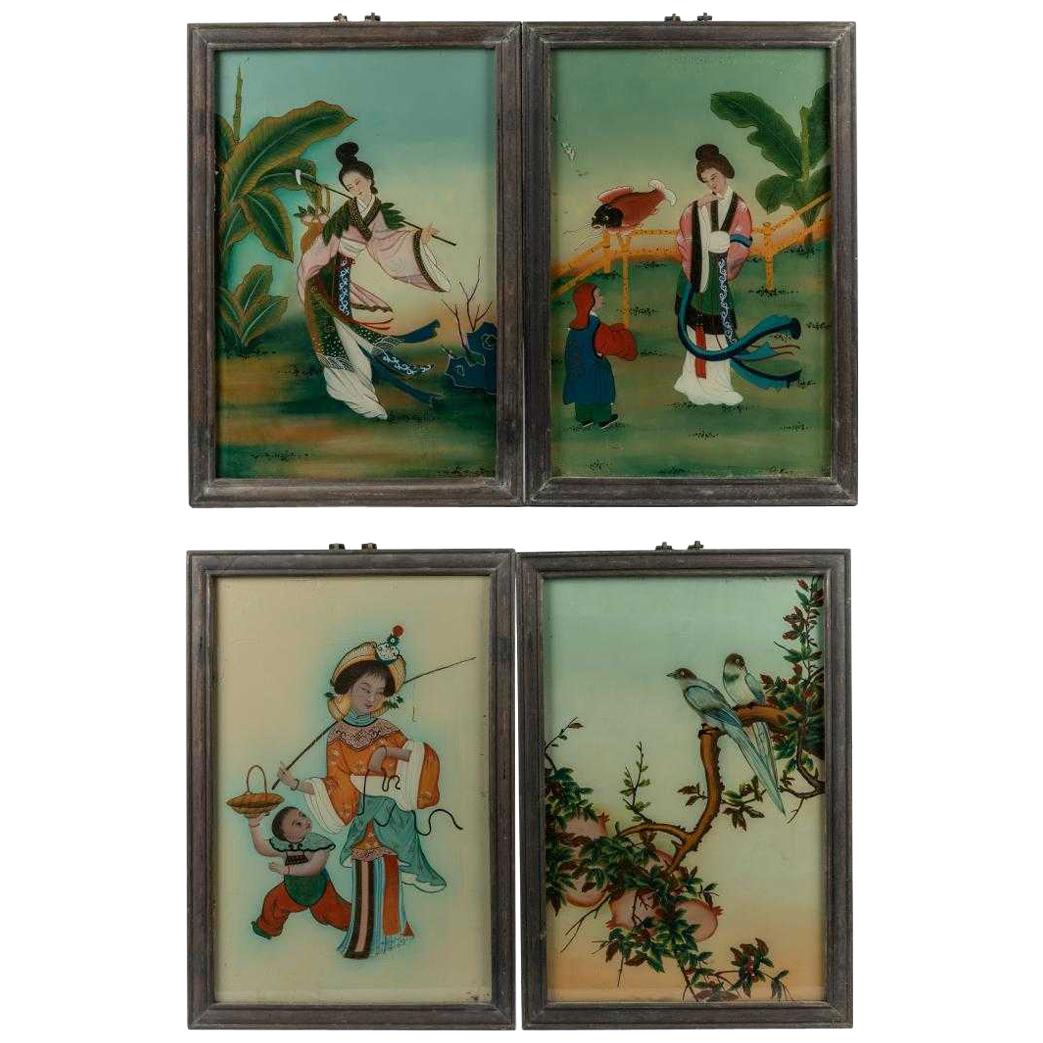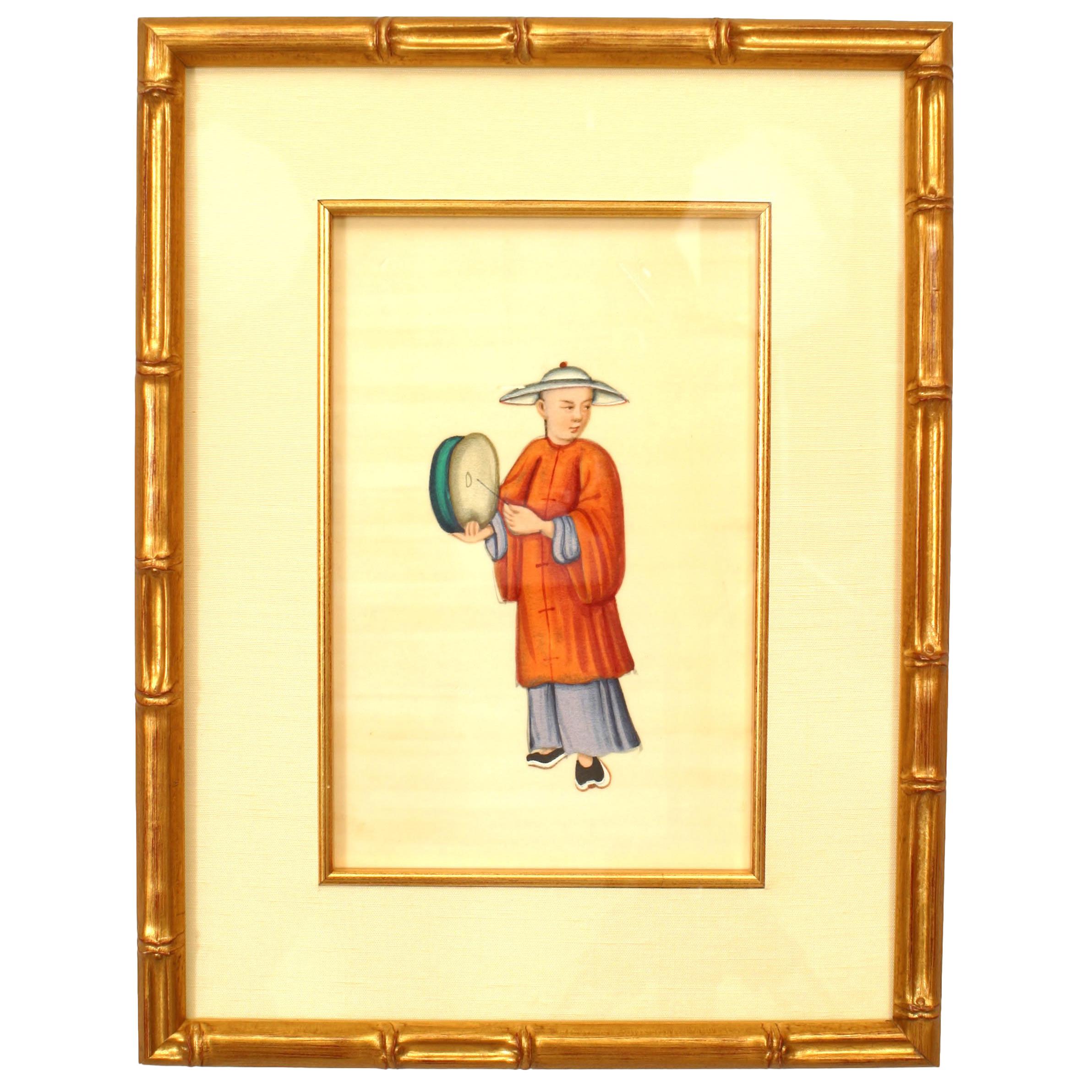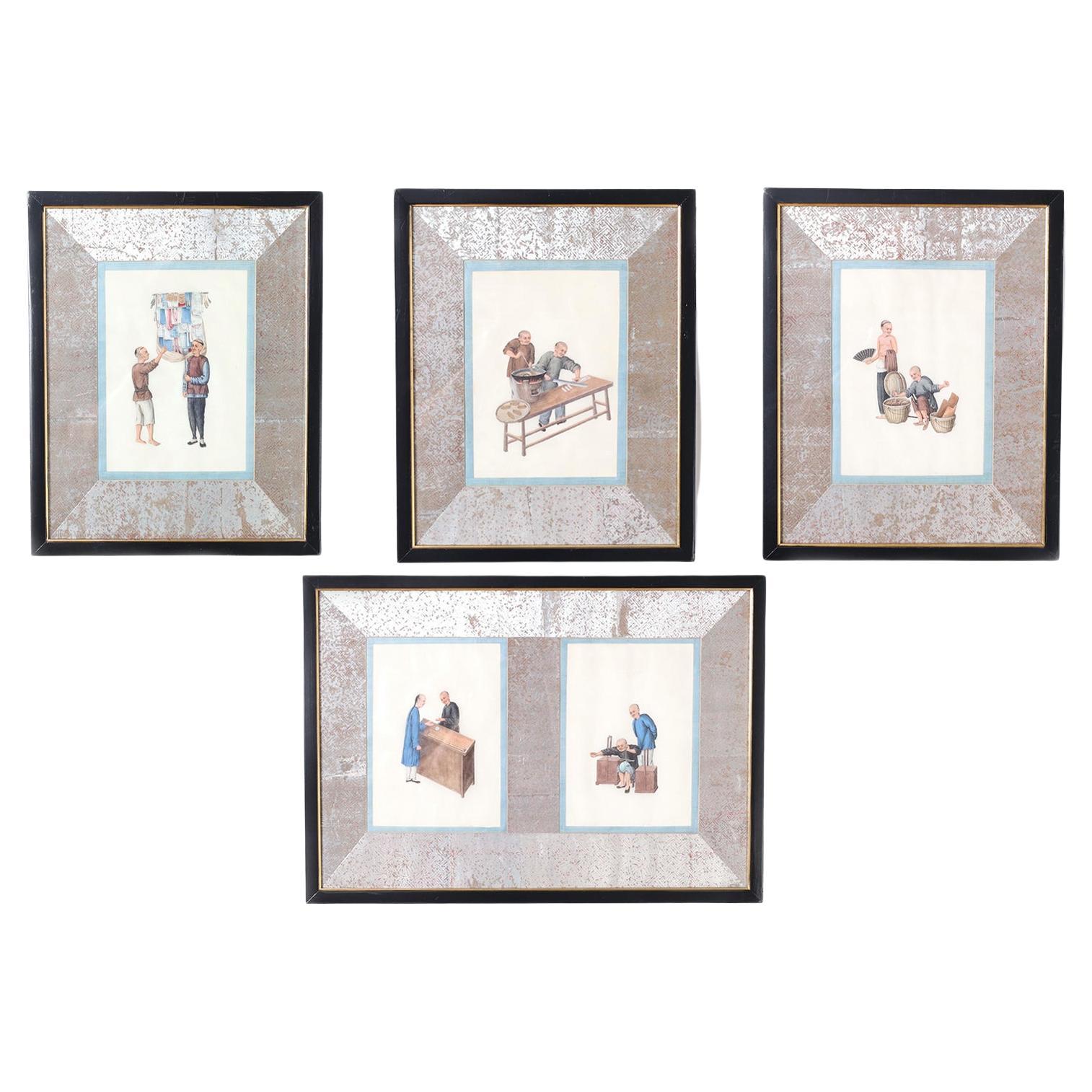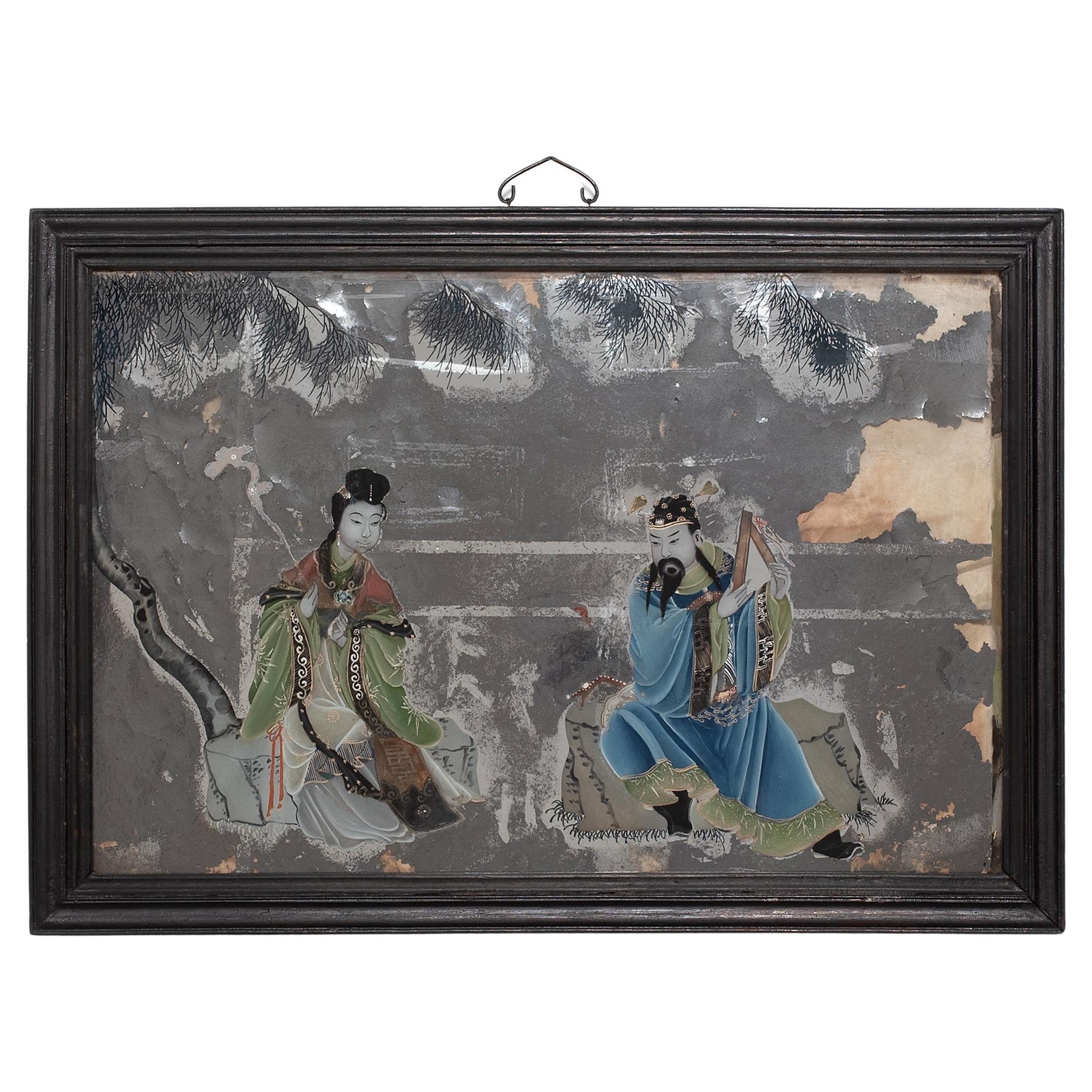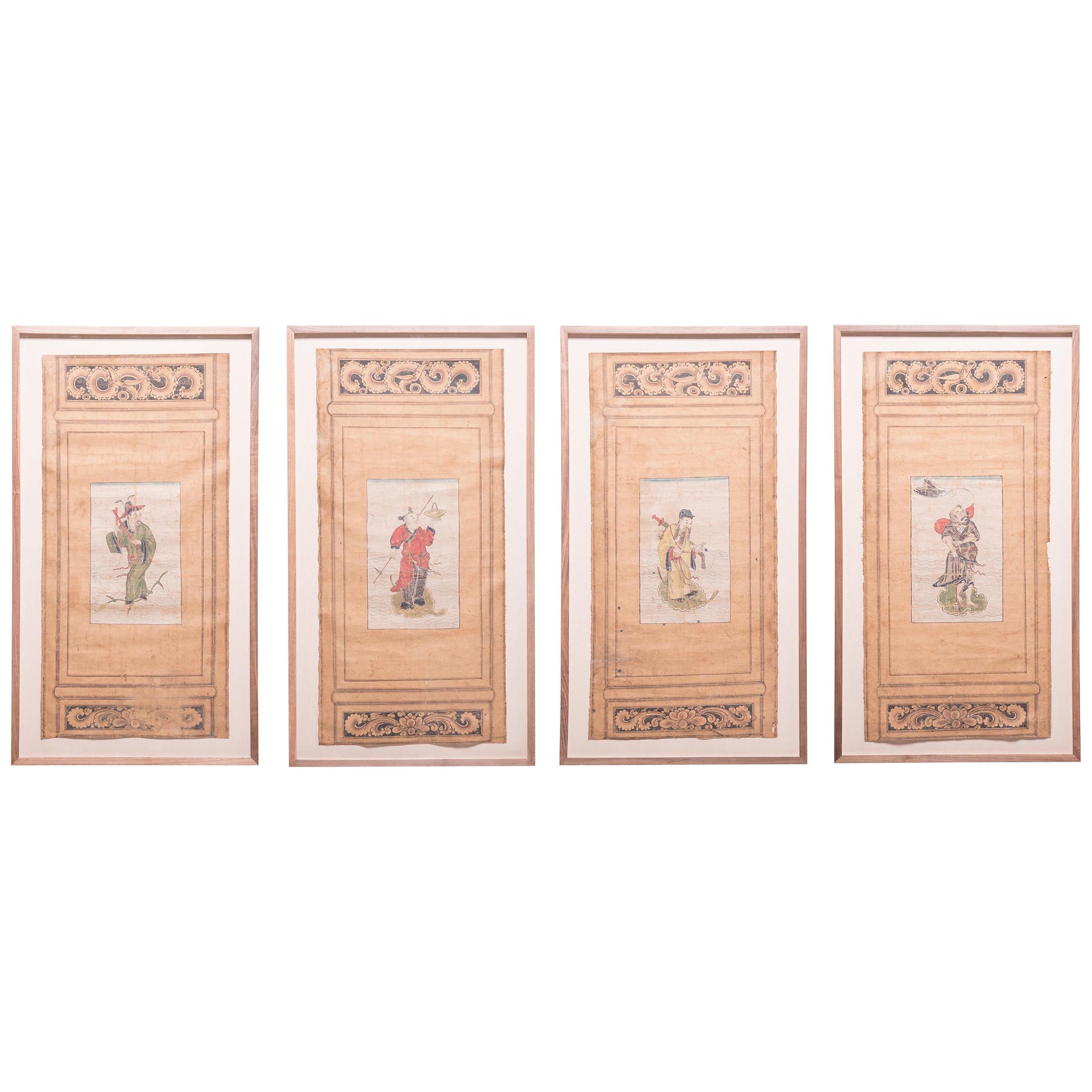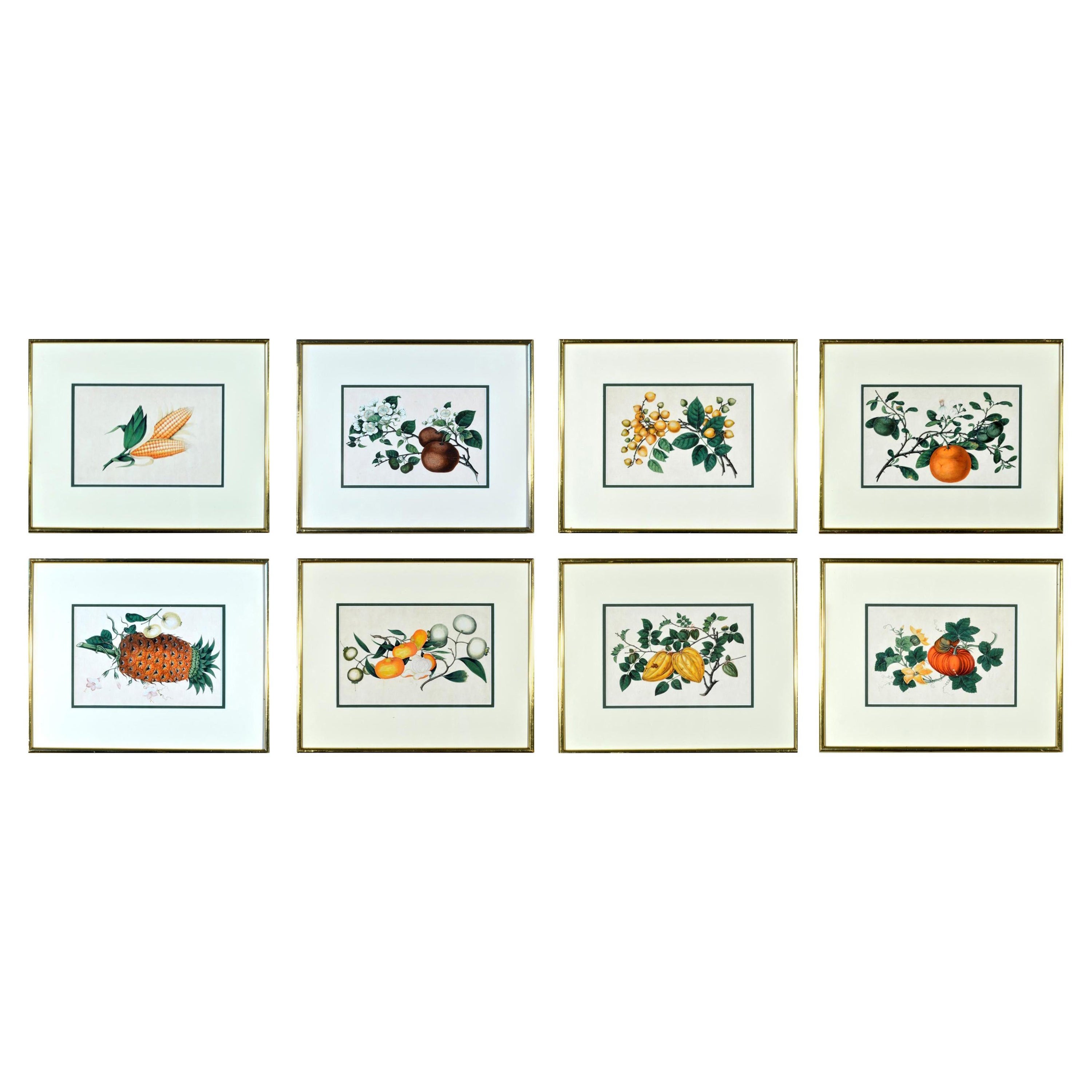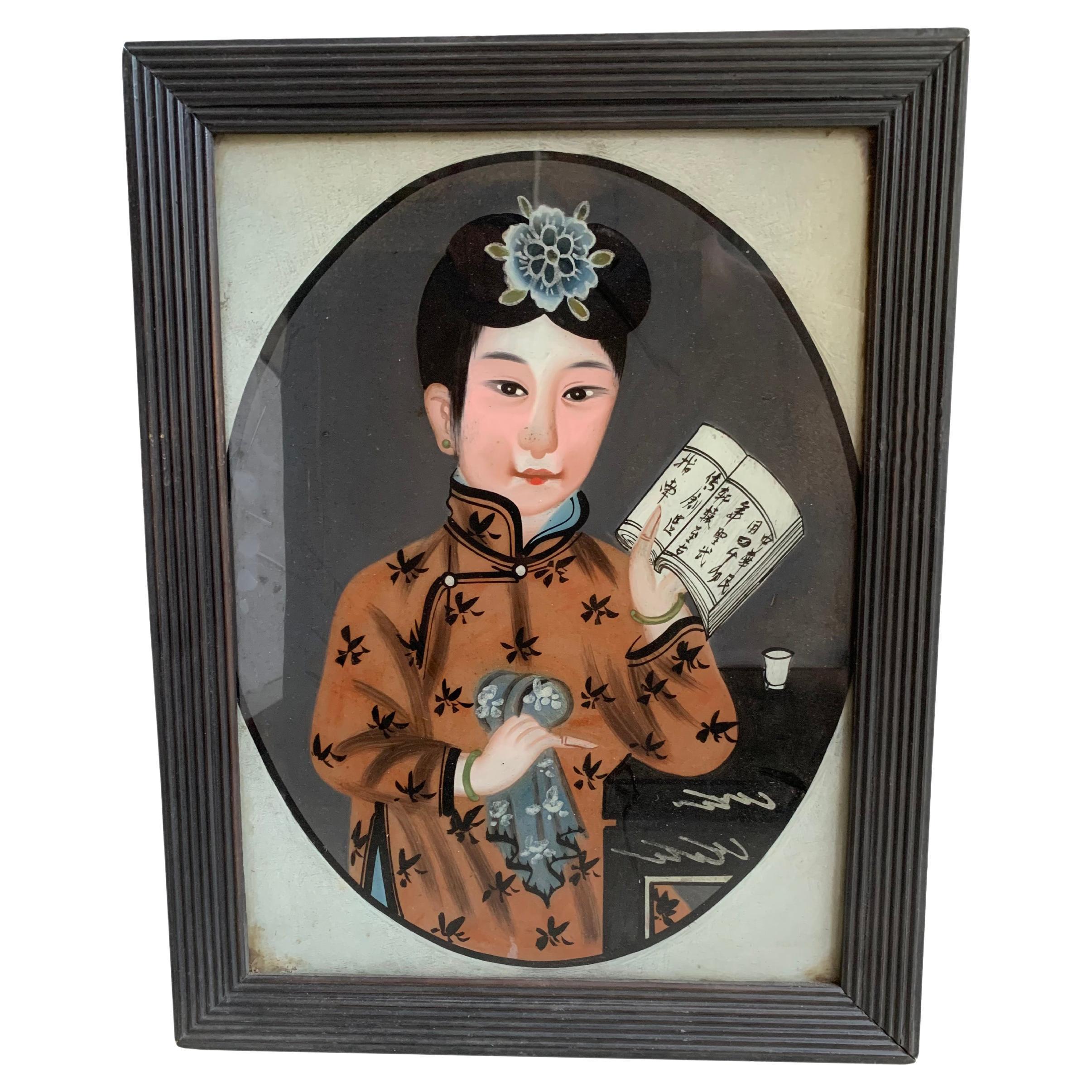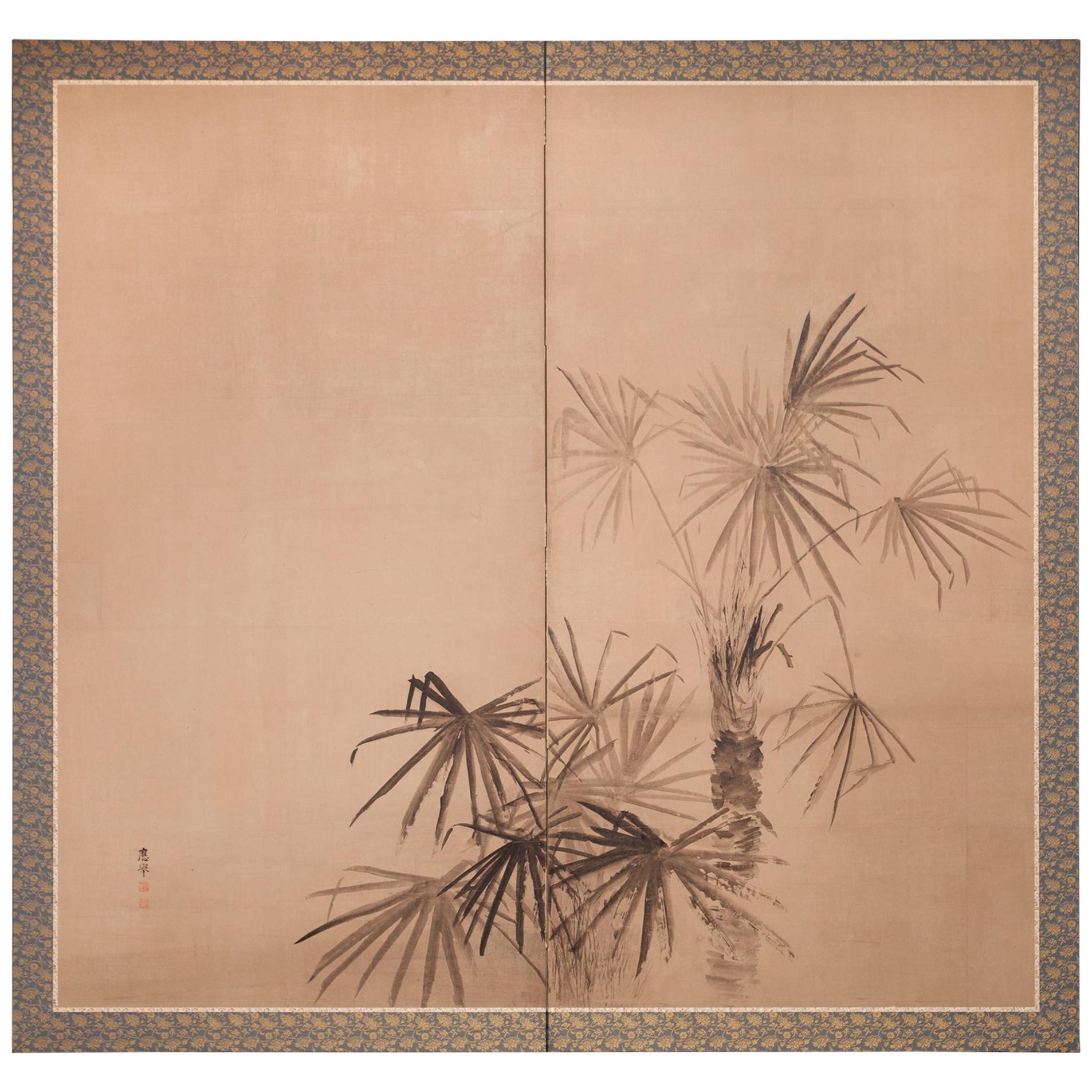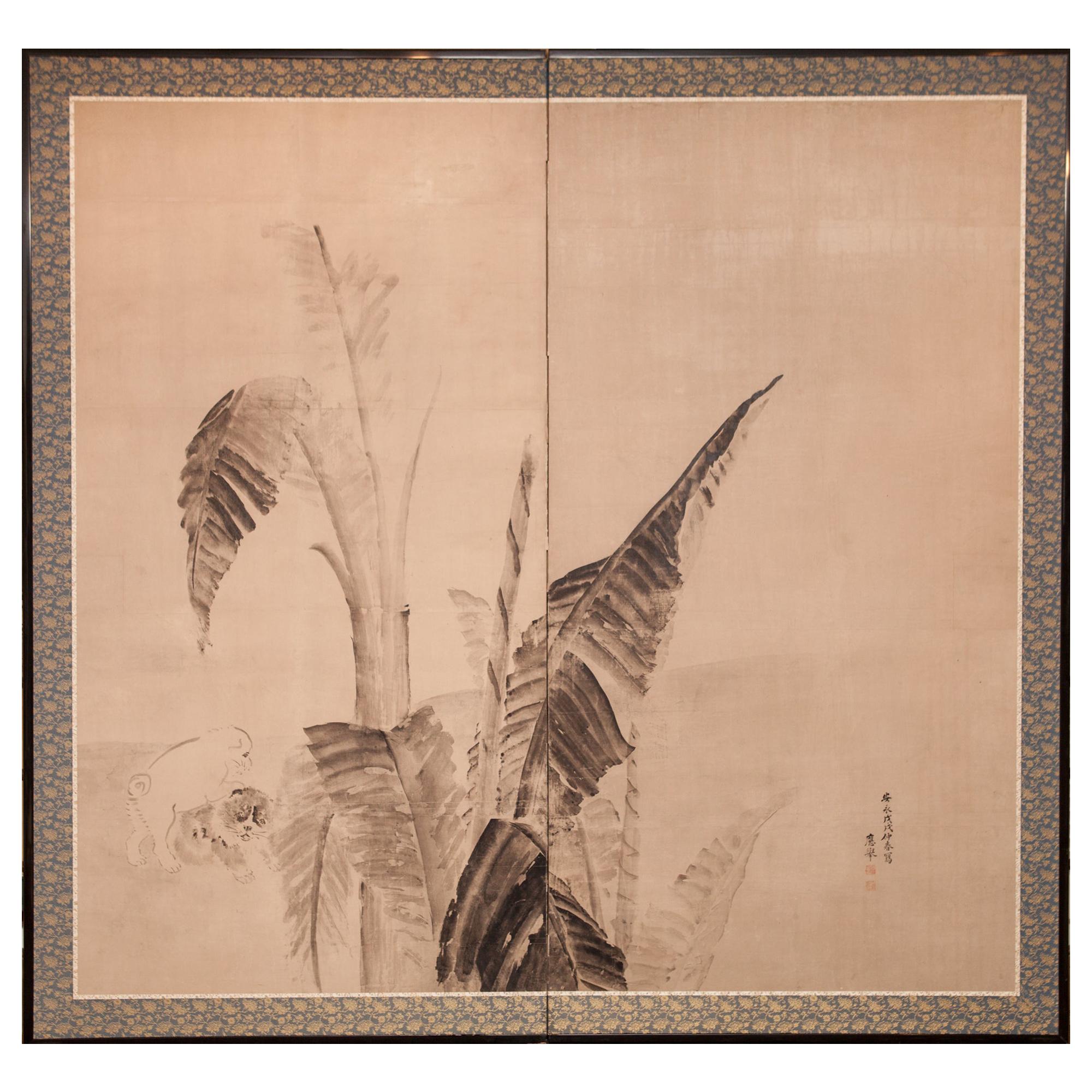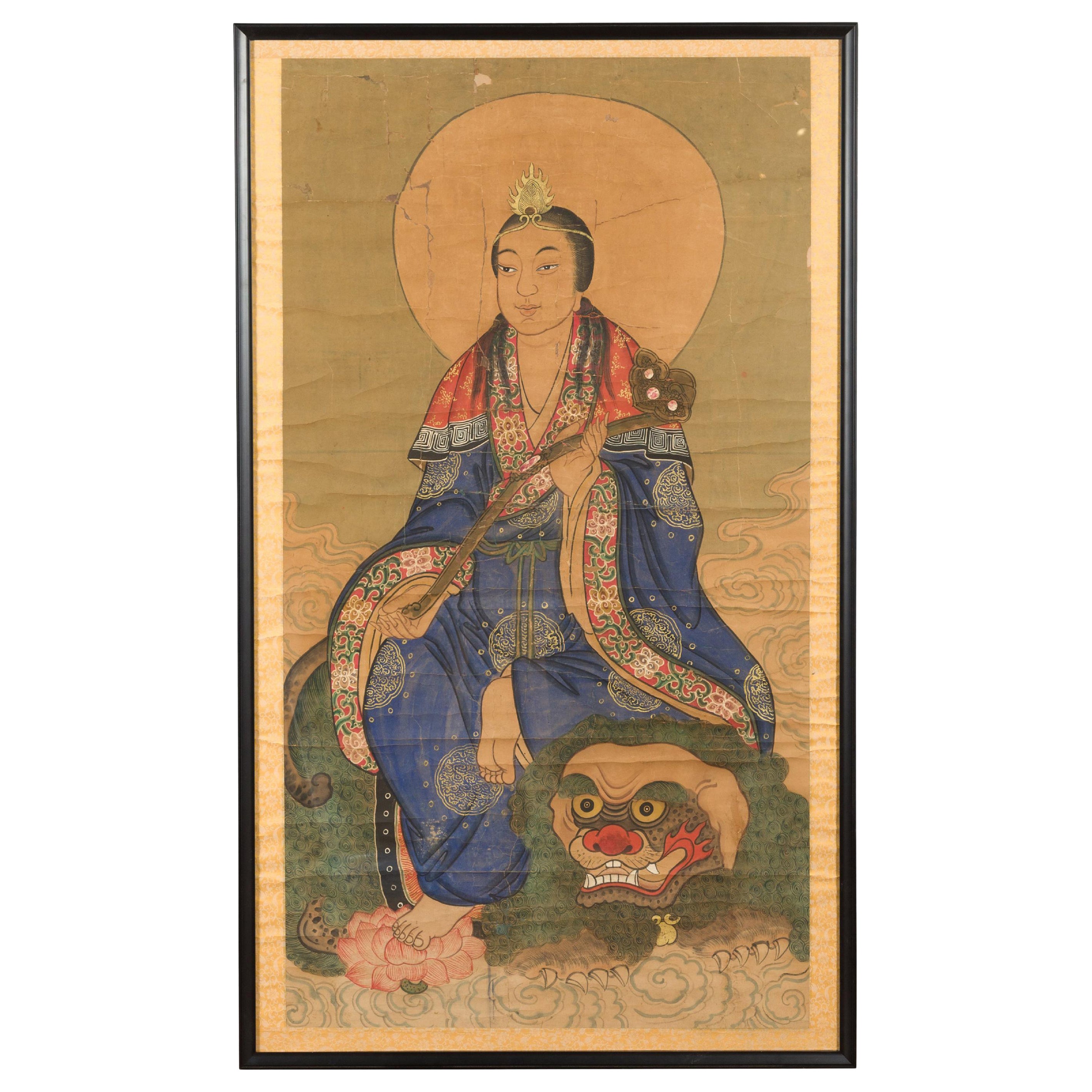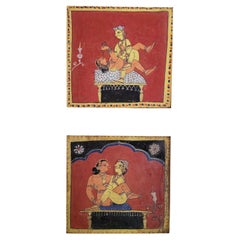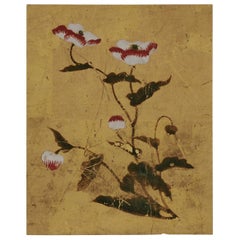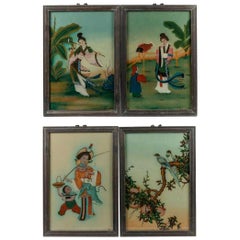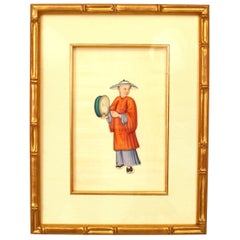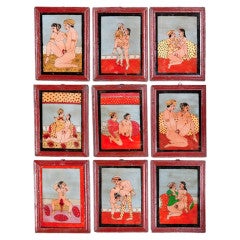
Set of 9 Kama Sutra Paintings on Glass
View Similar Items
1 of 4
Set of 9 Kama Sutra Paintings on Glass
About the Item
- Dimensions:Height: 9.25 in (23.5 cm)Width: 7.25 in (18.42 cm)Depth: 0.75 in (1.91 cm)
- Materials and Techniques:
- Place of Origin:
- Period:
- Date of Manufacture:mid 20th century
- Condition:good condition with wear consistent with age.
- Seller Location:Richmond, CA
- Reference Number:Seller: WD10191stDibs: U1203268895602
Authenticity Guarantee
In the unlikely event there’s an issue with an item’s authenticity, contact us within 1 year for a full refund. DetailsMoney-Back Guarantee
If your item is not as described, is damaged in transit, or does not arrive, contact us within 7 days for a full refund. Details24-Hour Cancellation
You have a 24-hour grace period in which to reconsider your purchase, with no questions asked.Vetted Professional Sellers
Our world-class sellers must adhere to strict standards for service and quality, maintaining the integrity of our listings.Price-Match Guarantee
If you find that a seller listed the same item for a lower price elsewhere, we’ll match it.Trusted Global Delivery
Our best-in-class carrier network provides specialized shipping options worldwide, including custom delivery.You May Also Like
Pair of Indian Erotic Paintings from a Kama Sutra Series
Located in Dallas, TX
Presenting a stunning piece of Indian antiquity from the 17th century, namely, a pair of indian erotic paintings from a kama sutra series.
India, Orissa, 17th century.
Hand-painted on cloth canvas.
These have impeccable Provenance!
They were purchased by a Private Dallas Collector at Christie’s New York Auction on 19th September 2002. Sale Number 1115, Lot No. 251.
Christie’s operate a twice yearly auction of Southeast Asian Art & Antiquities in New York in the months of March and September.
The Lot was described as: “Two Erotic Paintings from a Karma Sutra...
Category
Antique 17th Century Indian Archaistic Paintings and Screens
Materials
Canvas
18th Century Japanese Floral Paintings, Set of 5, Mineral Pigments on Gold Leaf
Located in Kyoto, JP
A set of 5 Japanese floral paintings from the 18th century. Each painted with mineral pigments directly applied to gold leaf. They were originally designed to be mounted on the leave...
Category
Antique Mid-18th Century Japanese Edo Paintings and Screens
Materials
Gold Leaf
$3,800 / set
Free Shipping
Set of Four Japanese Reverse Paintings
Located in Locust Valley, NY
Set of four Japanese reverse paintings.
Category
Early 20th Century Japanese Paintings and Screens
Materials
Glass
$1,150 / set
Set of 8 Chinese Gouache Traditional Figure Paintings
Located in Queens, NY
Set of 8 Asian Chinese (19th century) gouache paintings of traditionally clad figures framed in modern gilt faux bamboo frames.
Category
Antique 19th Century Chinese Paintings and Screens
Materials
Gold Leaf
Set of Five Antique Chinese Watercolors on Silk
Located in Palm Beach, FL
Intriguing set of five Chinese watercolor paintings on silk depicting men occupied in their trades, executed in a soft delicate technique and presented under glass in four wood frame...
Category
Early 20th Century Chinese Chinese Export Paintings and Screens
Materials
Silver Leaf
$4,100 / set
Chinese Reverse Glass Painting of Taoist Immortals, c. 1900
Located in Chicago, IL
Popularized during the Qing dynasty, reverse glass painting requires an artist to essentially work backwards, starting with details and shading before adding color and form. Lending the finished work a subtle three-dimensional effect, this exacting technique doesn't allow for any corrections, and is only revealed to its full effect when the glass pane is turned around. This example dates to the late 19th century and depicts the Taoist immortals He Xiangu and Cao Guojiu. Said to have attained immortality through their studies of the natural world, the Eight Immortals each represent a different condition in life and impart blessings of prosperity and longevity. The charming scene is likely one of a set of...
Category
Early 20th Century Chinese Paintings and Screens
Materials
Glass, Wood
Recently Viewed
View AllMore Ways To Browse
Indian Reverse Glass
Reverse Glass Indian Painting
Chinese Round Black Lacquer Screen Room Divider
Chinese Torture Paintings
Coromandel Chinese Lacquer Screen 4 Panel
Frida Escobedo
Japanese Reed Screens
Japanese Sudare
Koi Fish Silk Painted Screens
Maitland Smith Warriors
Mashrabiya Screen
Philippine Capiz Shells
Philippine Skirt
Qian Yang
Sandalwood Fan
Shiryu Morita
Suzuki Shonen
Tibetan Tiger Box
